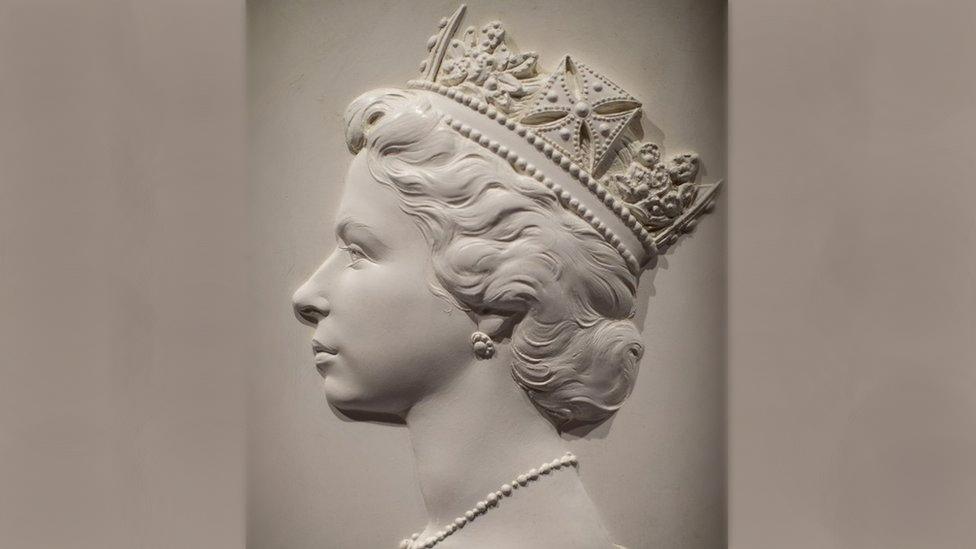Queen Elizabeth II: 'It was such an honour to sculpt the monarch'
- Published
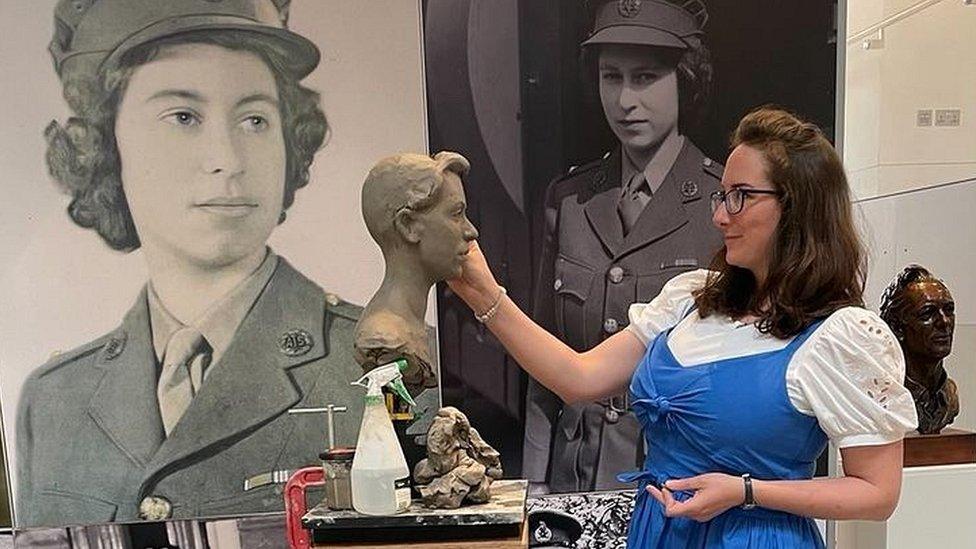
Keziah Burt created the portrait bust of the Queen from clay during a six-day live sculpting event at the National Army Museum
For six days during this year's Platinum Jubilee celebrations, Keziah Burt sculpted a portrait bust of the Queen portraying the monarch as she was rarely seen.
The artwork depicts the late monarch as an 18-year-old when she became the first female member of the Royal Family to join the British Armed Forces as a full-time active member.
As war raged in Europe in February 1945, Princess Elizabeth signed up to the Auxiliary Territorial Service (ATS), training as a driver and mechanic with the rank of Second Subaltern.
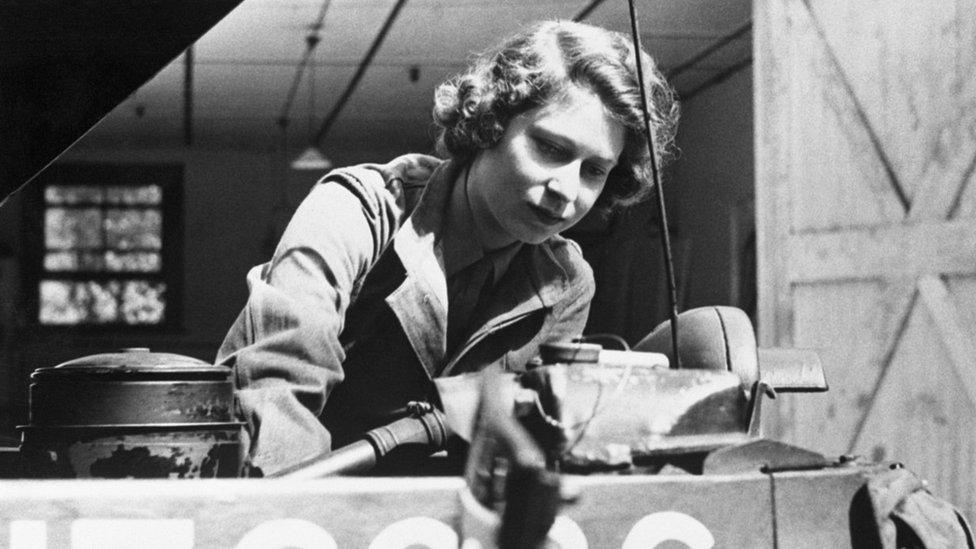
By the end of World War Two some 250,000 women had served in the ATS, including the future monarch
By the end of World War Two she had become a junior commander and passed out as a fully qualified driver.
While in the service the future monarch even got to see the other side of a Royal visit as her father King George VI paid an official visit to the ATS in Aldershot, Hampshire.
In 2003 the Queen reflected on her time in the armed services, external, saying it was when she "began to understand the esprit de corps that flourishes in the face of adversity and forges friendships which last a lifetime".
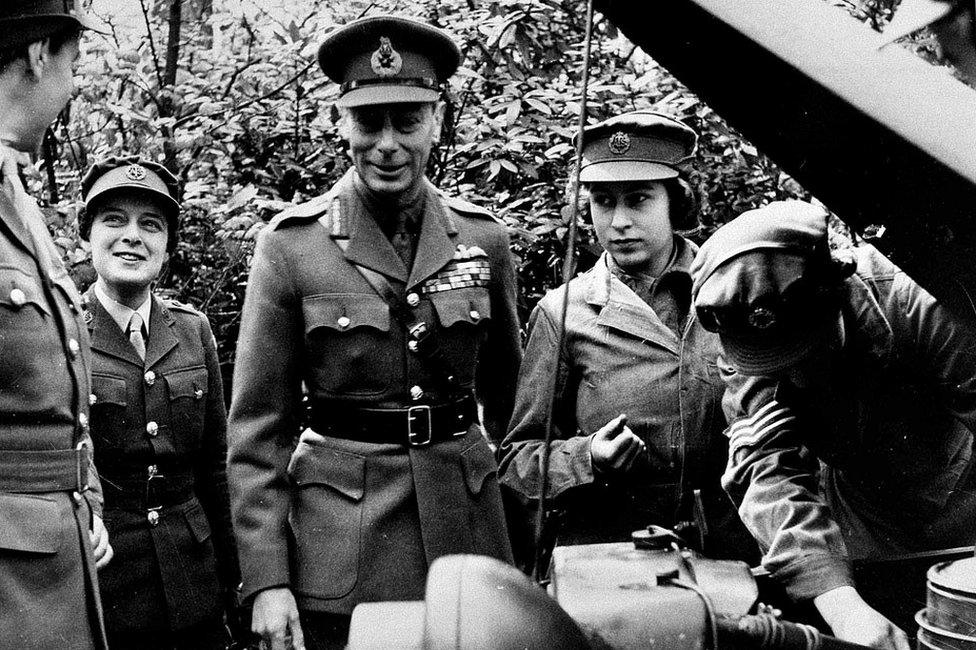
King George VI got to see his daughter at work during a Royal visit to the ATS in 1945
It's a sentiment which Ms Burt understands as the wife of a major based with the Royal Engineers.
"I think for the museum it was really important it was a woman sculpting a woman, and it was really important to have someone from the military family to celebrate the Queen's service in that way," she said.
The National Army Museum, in Chelsea, central London, commissioned the piece with Ms Burt carving it from clay in front of members of the public, basing it on various photos of the Queen when she was in the armed services.
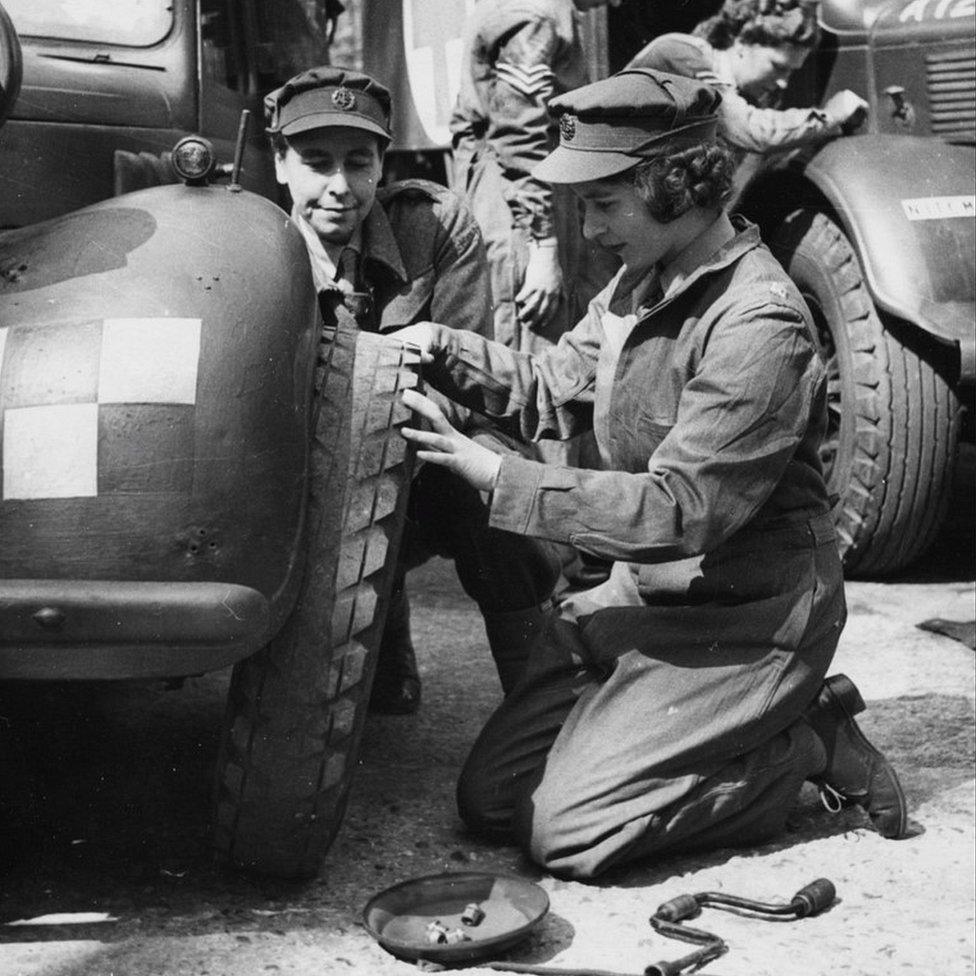
The Queen became commander-in-chief of the British Armed Forces following her accession to the throne in 1952
The 41-year-old said her husband's role in the military made it an even greater honour to create a sculpture of a woman who "had a profound influence on so many of us".
"We've got my husband's commission with her signature on it in our bedroom so it's really lovely," she explains.
"We're a military family and our kids saw the Queen as his boss."
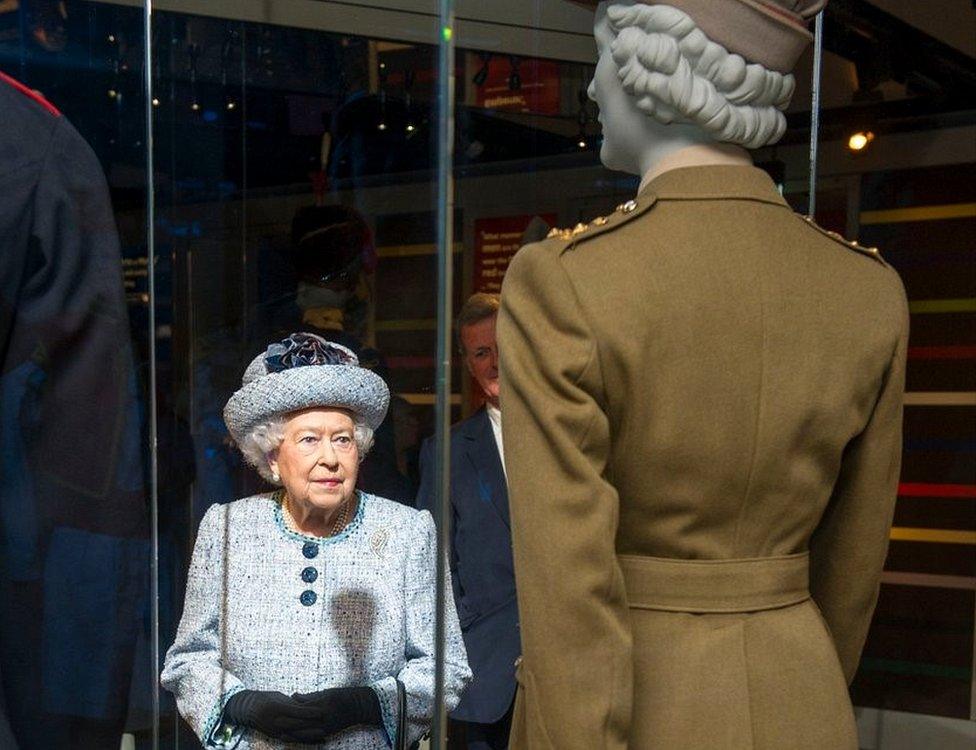
The Queen was able to see her old ATS uniform in the National Army Museum's collection, during a visit in 2017
On the day the Queen died, Ms Burt - who has only just ended her career as an art teacher to become a fulltime artist - was in the capital for a gallery exhibition of her work in Mayfair.
That morning she decided to pass the day using some clay she had brought with her to sculpt a portrait bust of the Queen's eldest son.
"I had started sculpting Charles for fun really, I thought I've made a bust of his mum, I may as well try him now.
"I was then called by my husband who told me I may actually be sculpting the King," she said.
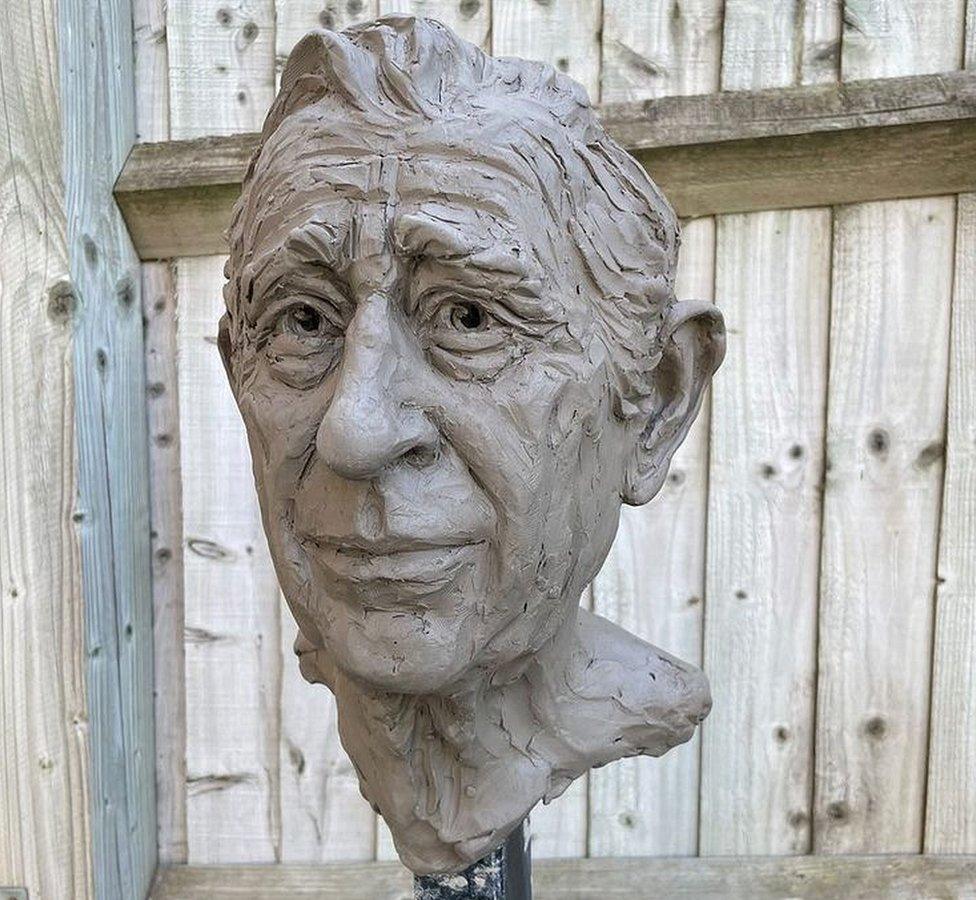
Ms Burt started the sculpture of Charles while he was still a prince
The unfinished sculpture of King Charles III has been taken back to Bristol where the family are based for the next six months until they next have to move, as is often the life of a military family.
Meanwhile, the portrait bust of the Queen, which has now been cast in bronze, has taken on an even more poignant role following the monarch's death.
It was originally meant to be officially unveiled at a ceremony on Friday but that has been cancelled. Instead it has been placed in the museum's entrance beside a book of condolence for visitors to leave their own tributes.
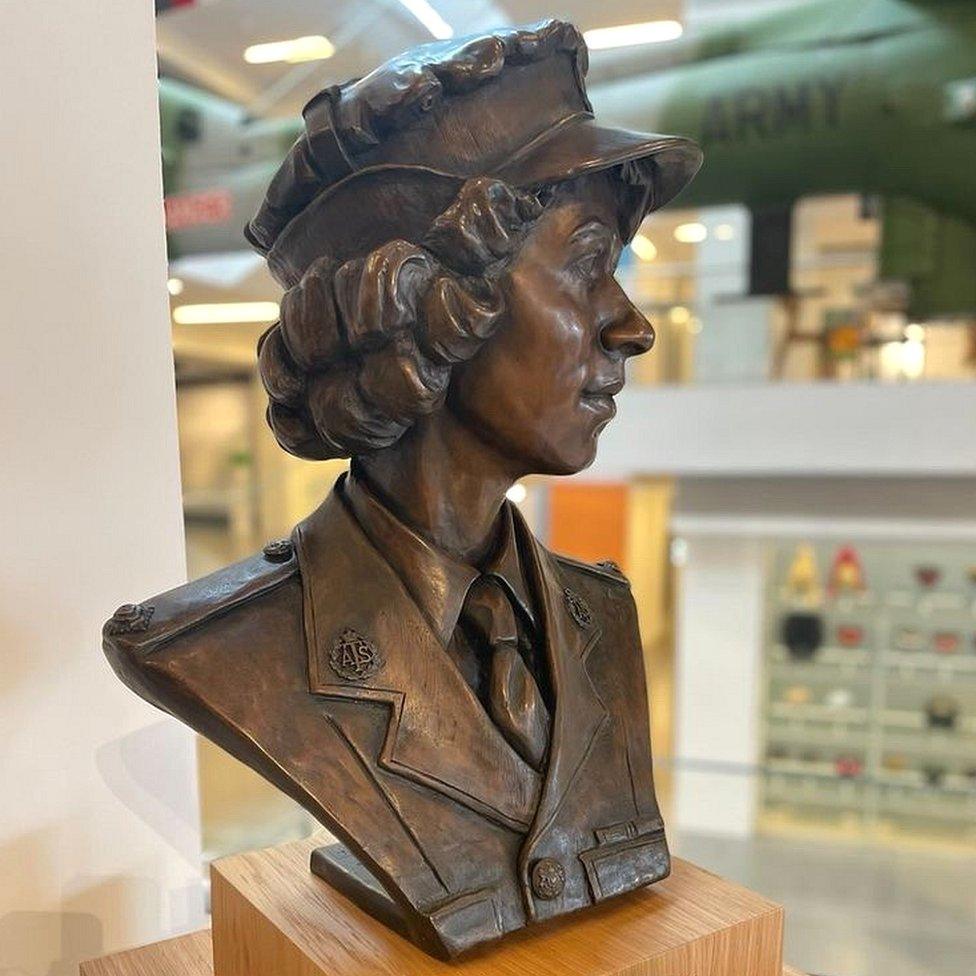
The Queen opened the National Army Museum three times during her reign
Nicola Ayrton, head of public programmes at the National Army Museum, said the institution had decided to focus on the Queen in the ATS for the Platinum Jubilee because "I just think being a young woman and joining the British Army at the time of the Second World War was an incredible thing that we should remember".
She added that since the Queen's death, the sculpture had become "a fitting tribute to Her Majesty and her own service in the British Army".
"It symbolises what she meant to so many as commander-in-chief of the Armed Forces," she said.
Ian Maine, assistant director, collections and programme, added it was "the only portrait bust in existence in a public collection capturing her likeness during her service in the Auxiliary Territorial Service.
"This artwork commemorates Her Majesty Queen Elizabeth II and shines a spotlight on a little-known period of her life, one that we are particularly proud to be associated with here at the National Army Museum."


- Published9 September 2022
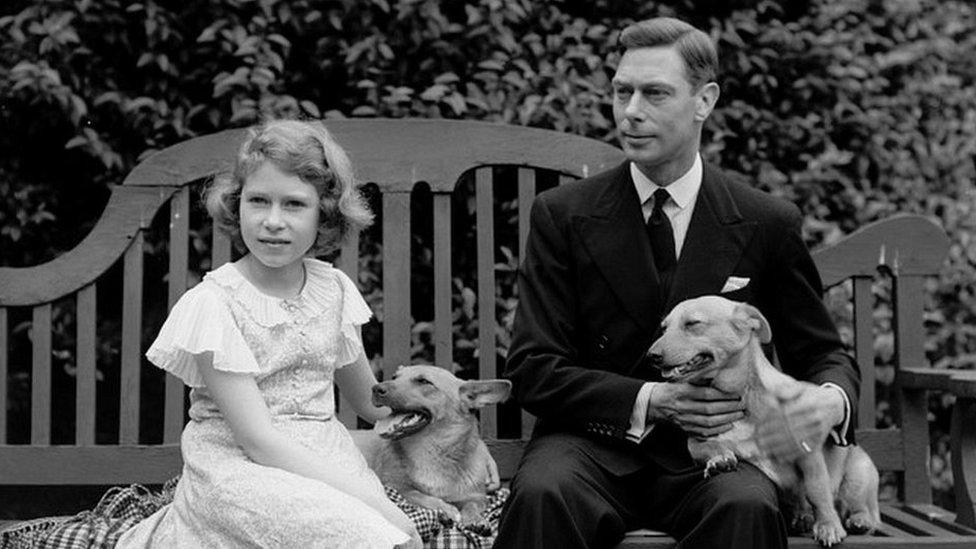
- Published9 September 2022
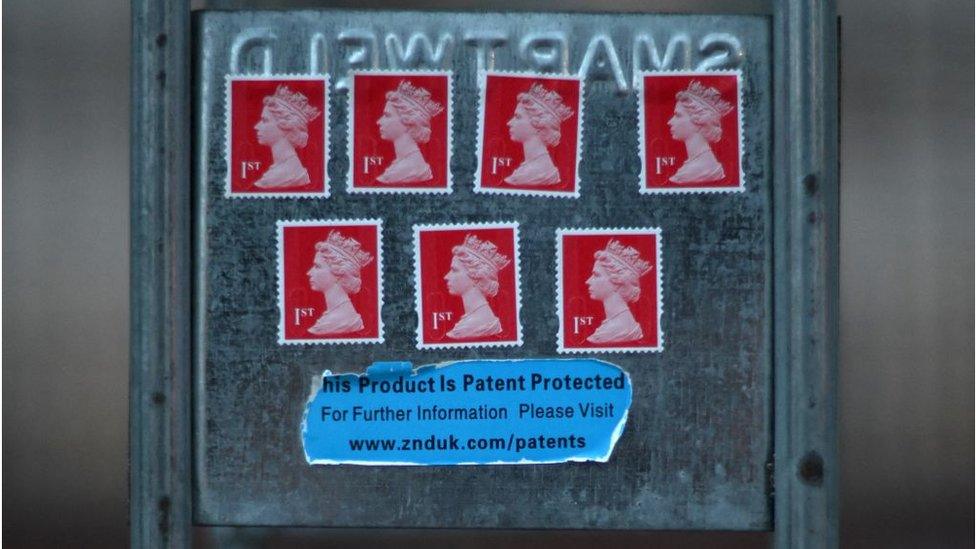
- Published13 September 2022
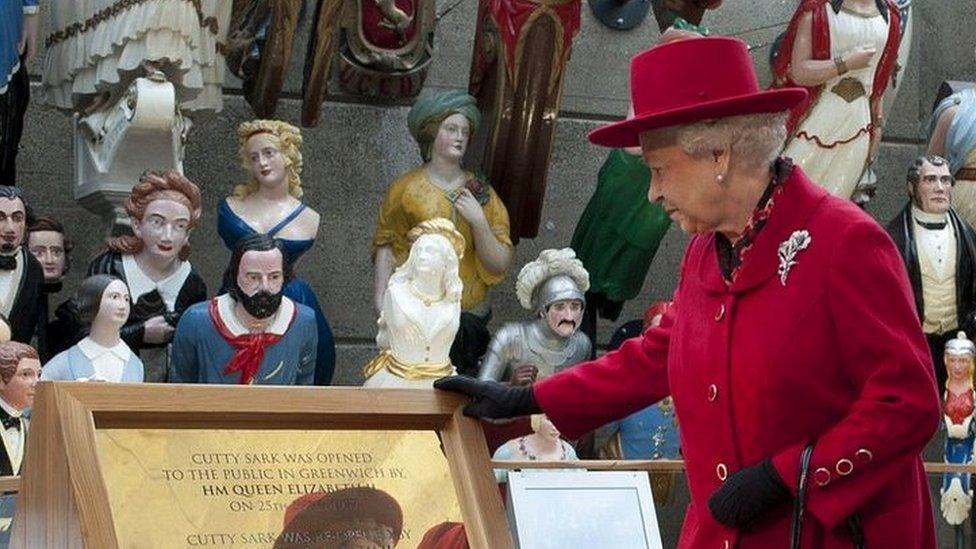
- Published11 September 2022
